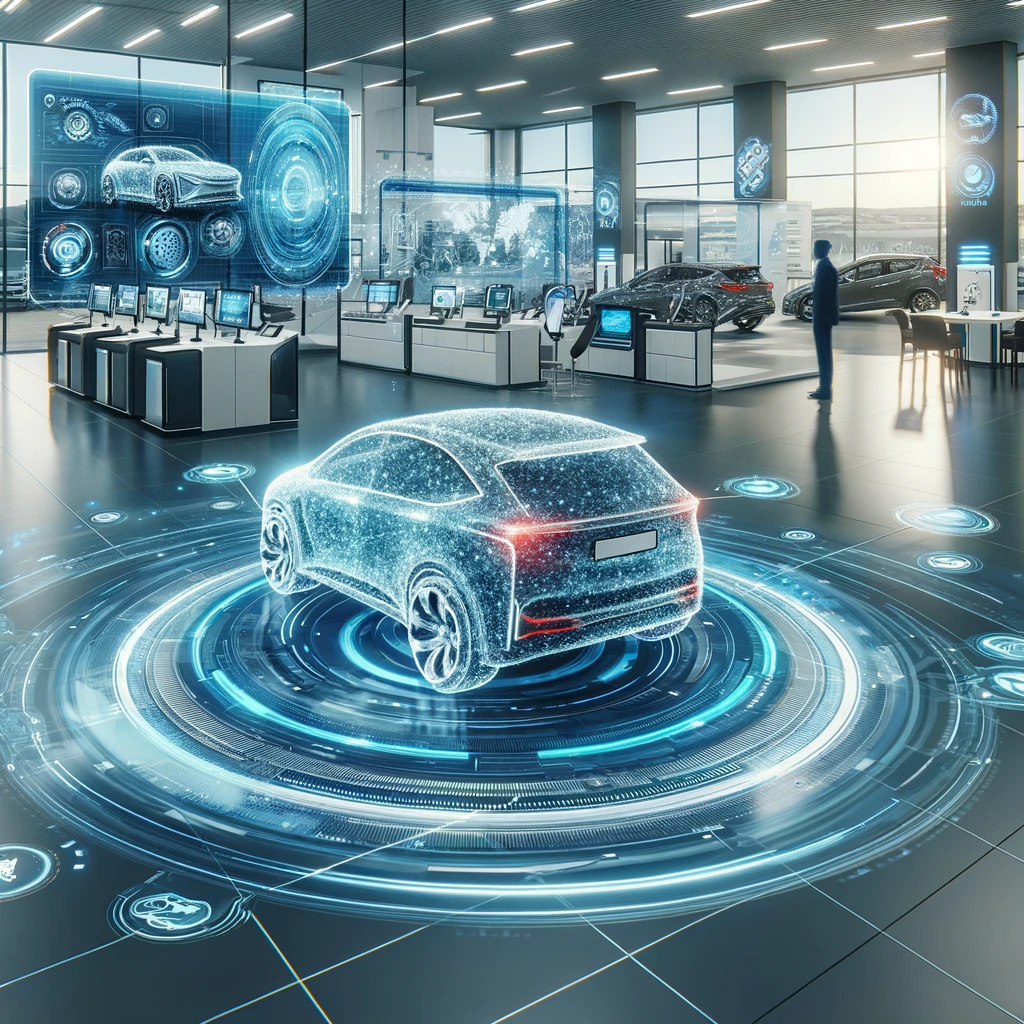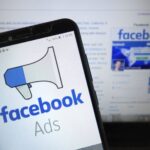As the digital era unfolds, the automotive industry stands at a pivotal crossroads, reminiscent of the transformative period when websites and online presence began reshaping the marketplace. Dealerships that were quick to adapt to the internet’s rise led the charge into a new era, capitalizing on the boundless opportunities it presented. Today, a similar revolution is underway, not with websites, but with the very essence of automotive customer communication. The future is unmistakably digital, and dealerships that fail to recognize this shift risk being left behind, much like those slow to embrace the internet decades ago.
In the current landscape, an outdated reliance on traditional phone calls to leads prevails among many dealerships, despite a clear preference among consumers for digital communication. The excessive, and sometimes desperate, practice of double or triple-calling potential buyers only serves to alienate them further. Our extensive data reveals a compelling truth: initiating contact through text messages and allowing customers to respond in their own time leads to significantly higher engagement rates. Texting opens a gateway for customers to share more information freely and comfortably, fostering a sense of control and ease in their information-gathering and decision-making processes.

The Future is Digital!
The reluctance to evolve communication strategies is not just a minor oversight; it represents a fundamental misalignment with consumer behavior and preferences. Today’s car buyers are increasingly averse to traditional sales tactics, particularly the premature push towards phone conversations. This disconnect is precisely why companies like Carvana have surged in popularity, offering a seamless, pressure-free digital buying experience that resonates with the modern consumer’s desire for autonomy and convenience.
The rise of Carvana and similar platforms should serve as a wake-up call to traditional dealerships. It’s a stark reminder that the addiction to outdated sales processes is not just ineffective; it’s a strategic misstep in an industry that’s rapidly moving towards digital-first customer interactions. To thrive in this new era, dealerships must embrace digital communication, not as a supplementary option, but as the cornerstone of their customer engagement strategy.
The transition to digital communication channels like text messaging doesn’t mean abandoning the personal touch that has always been central to successful car sales. Instead, it’s about meeting customers where they are, in the digital spaces they frequent and prefer. By doing so, dealerships can bridge the gap between the traditional and the digital, creating a hybrid sales process that combines the efficiency and convenience of digital communication with the personal engagement of traditional sales.
The future of automotive communication is undeniably digital. Dealerships that adapt to this reality and integrate digital communication strategies into their sales processes will not only avoid being late to the party but will also position themselves as leaders in the next decade of automotive sales. The question for dealerships today is not if they should embrace digital communication, but how quickly they can make it a seamless part of their customer engagement strategy. Those who act swiftly and strategically will lead the charge into a new era of automotive sales, marked by enhanced customer satisfaction and increased sales efficiency.

Digital Showroom








